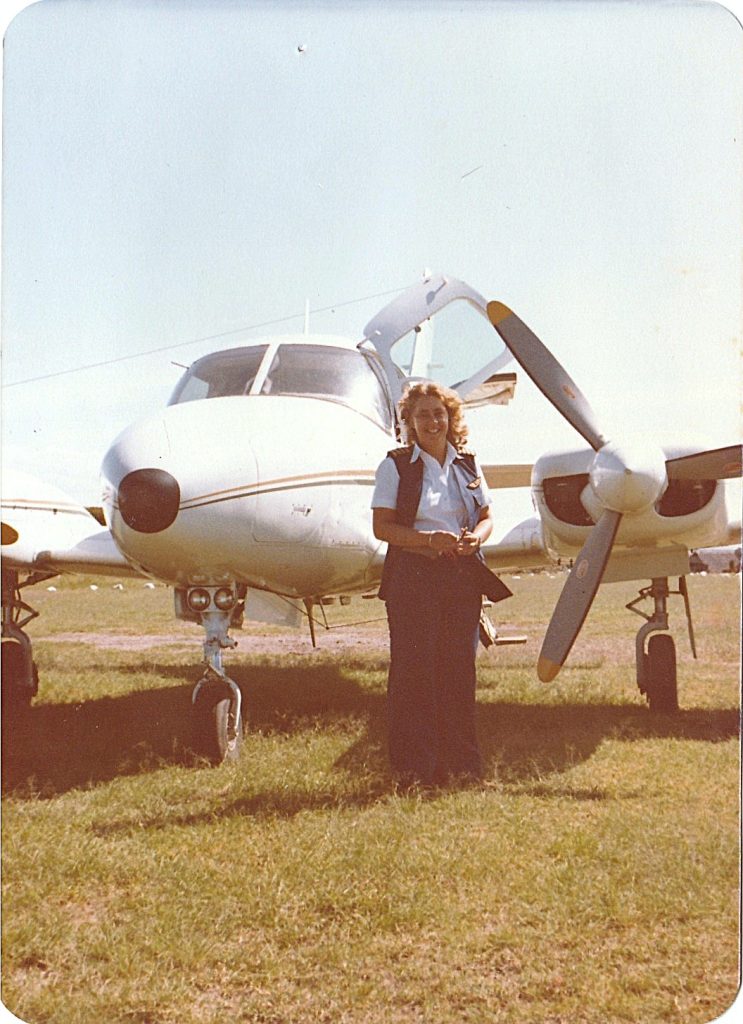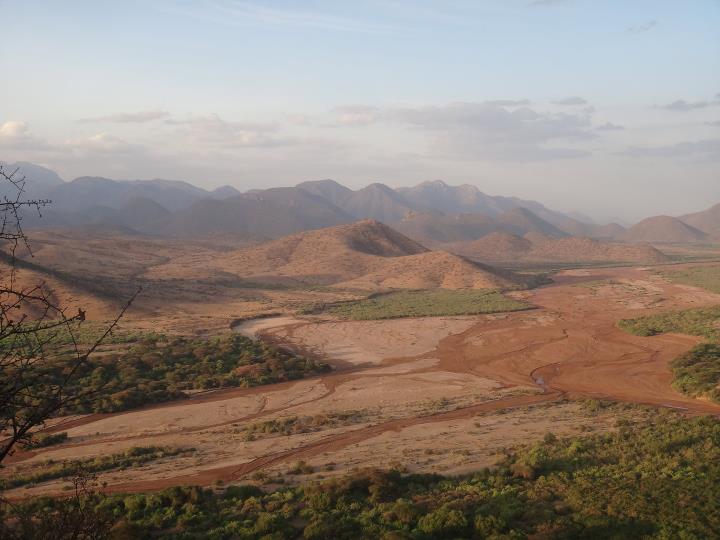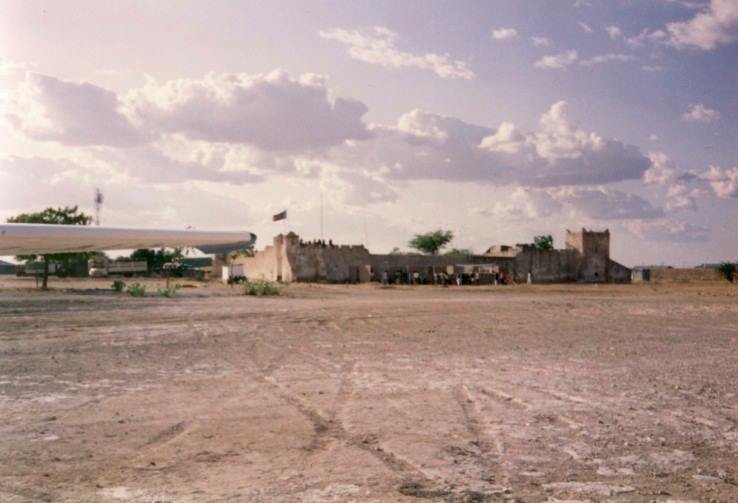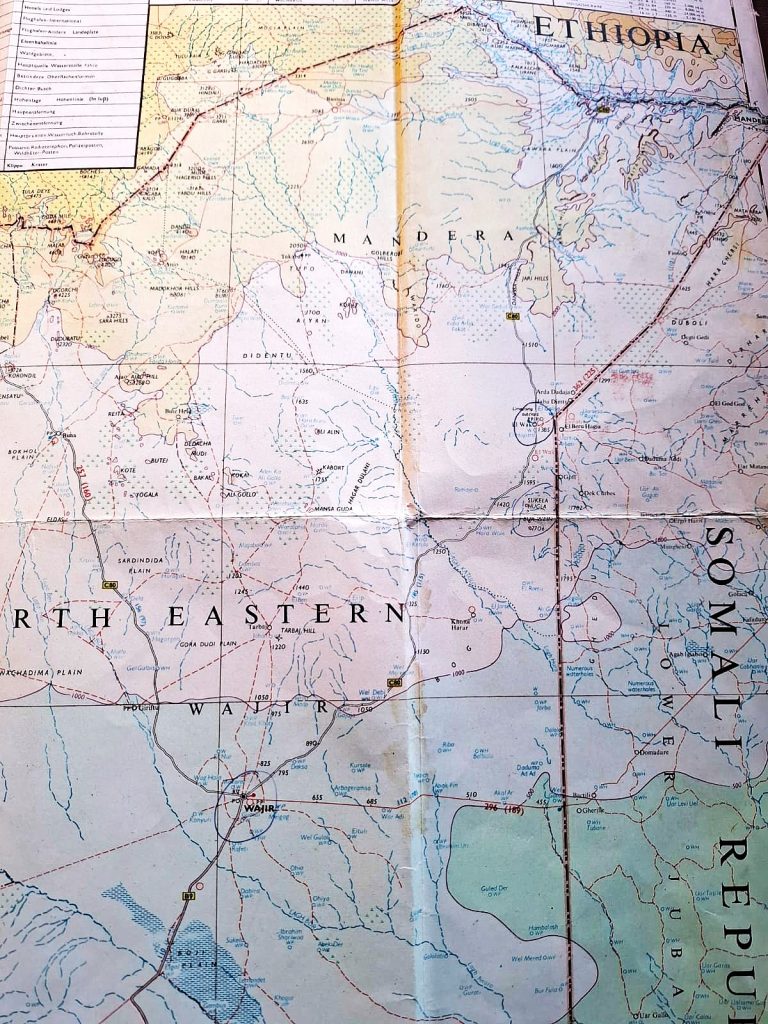Iris McCallum
As aviators, we often make the mistake of thinking that we will be coming home at the end of the day.




Sometimes the Universe has a sense of humour. I remember flying 5Y-IHC, our Navajo PA31 Navajo to El- Wak very close to the Somali border with a couple of civil engineers who were inspecting the roads. We flew via Wajir in the North of Kenya to top up with fuel as the routing was Wilson, Wajir, El-Wak, Rhamu (on the border with Ethiopia) and back to Wilson.
On arrival at El-Wak I parked off the runway on to the murram parking area. There wasn’t much to do in El-Wak and really nowhere to wait for your passengers except in the aircraft, which was very hot and uncomfortable.
I was therefore very pleased when the two engineers kindly invited me on the road trip to inspect the roads up north. I jumped at the opportunity as I loved seeing new places and experiencing a safari whenever I can.
We drove south towards the Sukela Hugla where the road maintenance camp had been set up. As we drove, the mother of all storms fell on us and when it rains in the desert, it really makes up for the usual lack of rain.
In my logbook that day, I noted that we had six inches (150 mm) of rain. John and Dave called up the other maintenance camps using the UHF radio and it was confirmed that the weather had flooded the roads and dry river beds were now too dangerous to cross, to get back to El Wak or anywhere else.
After long discussion it was decided that we would spend the night at the maintenance camp, which was made up of four containers, consisting of a kitchen (partly open to the elements for an open fire to cook on) stores, bathroom and very little else.
Our meal that evening was made up of stiff maize meal (Ugali) red kidney beans and probably goat stew. Very acceptable under the circumstances.
The two civil engineers opted to sleep on the floor in the main office and mess area. A very kind Somali gentleman offered me his room which had a perfectly good bed in it with a pillow included. I can remember looking at this, knowing full well the bed sheets had not been washed in a long time and neither the pillowcase. I took off my shirt and wrapped it around the pillow and opted to lie on top of the sheets. Fortunately, it was warm enough not to worry about covering up. I had a reasonably good night and was only bothered by the smell of my own shirt. I definitely needed to up the deodorant next time.
My last thoughts were about my aircraft. I was praying that she was safe in the awful weather.
Early the next morning we were greeted by sunshine and very wet roads. We were soon on our way after a cup of hot sweet tea, heading back north to El Wak. On our arrival we found that the Navajo was safe, but now parked in a foot of mud. It was going to be a challenge to get it on to the runway. I had no intention of running up the engines and damaging the propellers and airframe. Manpower was needed. The Police Commander at the fort was very helpful, and I soon had as many, and more men, than I needed to push us out of the mud.
The tricky thing was placing the men in the best place to push so they didn’t bend the elevators or flaps. Added to that, there wasn’t much room for them around the wheels. I had to be in the aircraft to steer it on to the runway, using only the brakes. Fortunately, on the Navajo the pilots door/window could be opened, so I could shout out to them when to “Skuma”(push in Swahili).
Needless to say, there was a lot of backing and forthing, left side of aircraft not pushed at the same time as the men on the right were pushing. Eventually after using the old Kenya mantra of everyone shouting “Harambee” (pull/push together) we managed to get the aircraft on to the dry part of the bitumen runway.
Having set the park brake, I got out to thank everyone. What I have always loved about Africa is the joy that is shown when a seemingly impossible task has been successfully done. We all shook hands and laughed at our predicament. I did a very methodical preflight, cleaned the wheels and brakes to make sure there was no mud or sand caught up there and checking that nothing was bent. Right aileron up left was down etc. I cleaned myself as best as I could, removing mud from my trousers and safari boots (velskoens). Getting the plane out the mud had taken us a good hour and a bit.
Satisfied all was well, I loaded up my passengers and we were soon airborne on our way to Rhamu, heading due north. Rhamu at that time was hardly a village, but it had an airstrip running east/west and the winds favouring the east. There was no windsock, so I checked the grass for guidance if there was any wind blowing. It is a beautiful spot right by the Galana Daua River that looks into Ethiopia.
I dropped my passengers there and took off heading back to Nairobi, landing back at 1600 local. It had turned out to be two long days, instead of just the one day.
What I learned from this experience was invaluable and made my life easier in the future for unexpected night stops. I had a small canvas bag made that could carry a lot, but not take up much space in the aircraft. (I still use it to this day). I keep the necessary items I need, change of shirt etc, book to read, a torch and medications. I used it on every flight.
Later, when I was flying for UNICEF in Sudan, I had more canvas bags made for Stanley flasks dry noodles, tea, coffee, a hip flask, sleeping bag, etc. I had to use them all on more than one occasion. I was at times more comfortable sleeping in the Caravan or Twin Otter than my passengers in some Tukal (hut) in a village.
